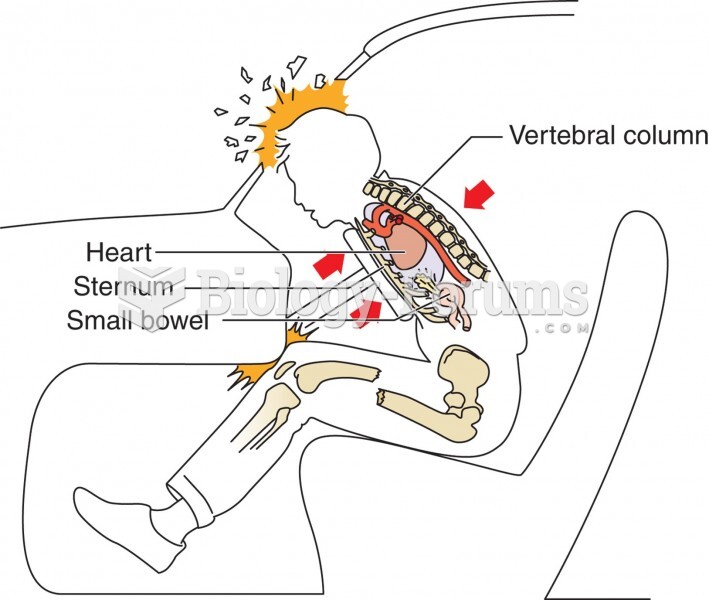Attorney Brite represented Martin in a personal injury case for injuries that she received when a kitchen cabinet in her apartment fell on her. The complaint that Brite filed on Martin's behalf named many defendants, including various subcontractors and others, some of whom later provided evidence that they should not have been named as defendants.
Several of the defendants named in the complaint filed motions for summary judgment. Brite delegated responsibility for opposing those motions to a new associate in his office, Gresby. Gresby had minimal legal experience and never opposed a motion for summary judgment. Brite was aware of Gresby's inexperience, but he assigned the matter to Gresby nonetheless.
To respond to the summary judgment motions, Gresby needed to submit documents or affidavits on Martin's behalf that would show the court that there was a genuine issue of material fact requiring a trial.
Rather than doing so, Gresby opposed the motions orally, relying solely on legal arguments. The trial court granted the defense motions. Brite
A) will not be found to be incompetent unless Martin loses her case.
B) should be found to be negligent for improper delegation and supervision AND filing a complaint against defendants without first doing enough background on the case to determine the proper defendants
C) should be found to be negligent for improper delegation and supervision of his associate.
D) will not be found to be incompetent because it was Gresby who wrote the losing summary judgment documents.
Question 2
Family law has undergone a transformation over the past fifty years that includes all BUT which one of the following?
A) a decreased emphasis on fault as a basis for divorce
B) an increased emphasis on alternative dispute resolution
C) a decrease in federal regulation of family law and policy
D) a trend towards gender neutrality in several family law areas such as child custody and spousal support







